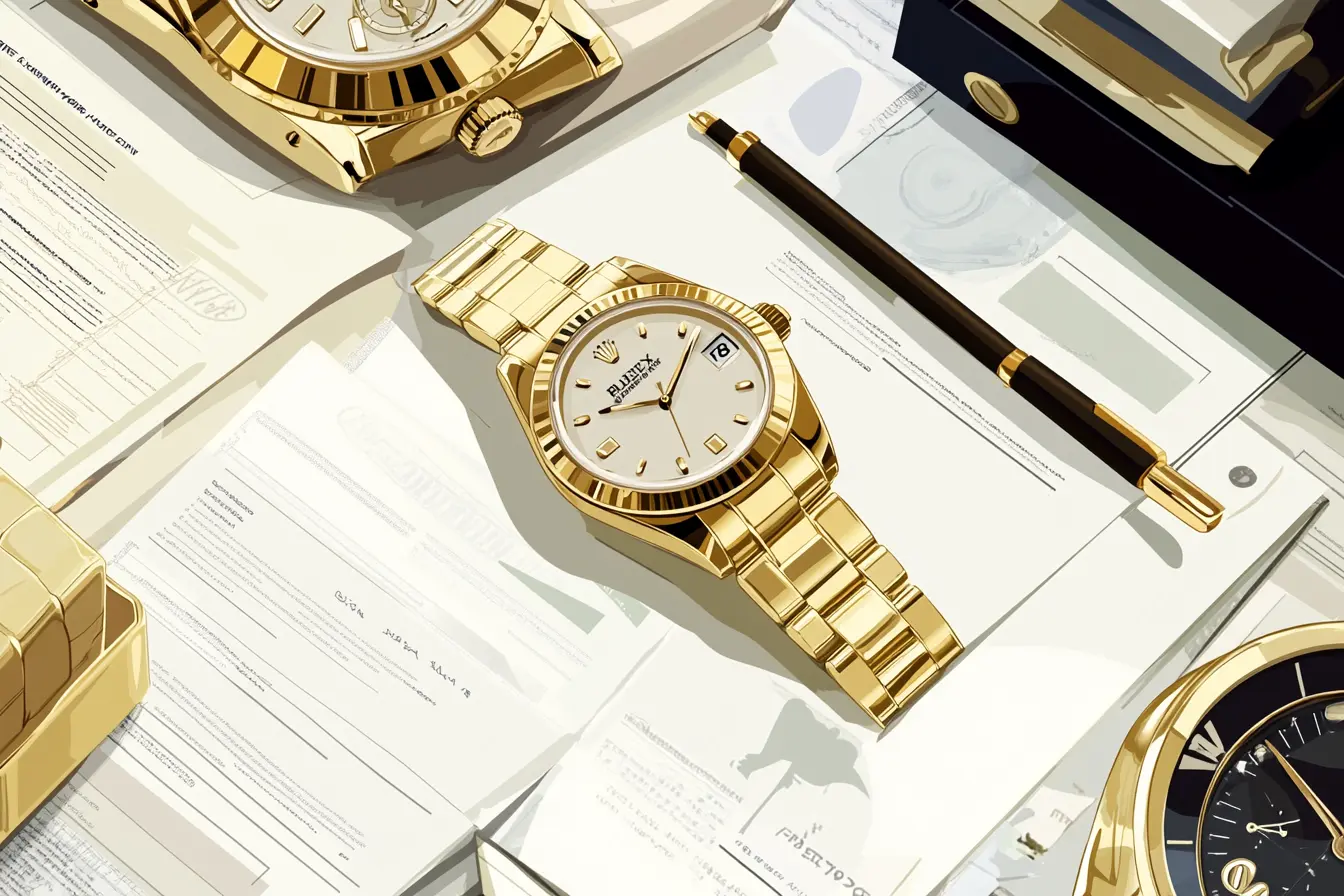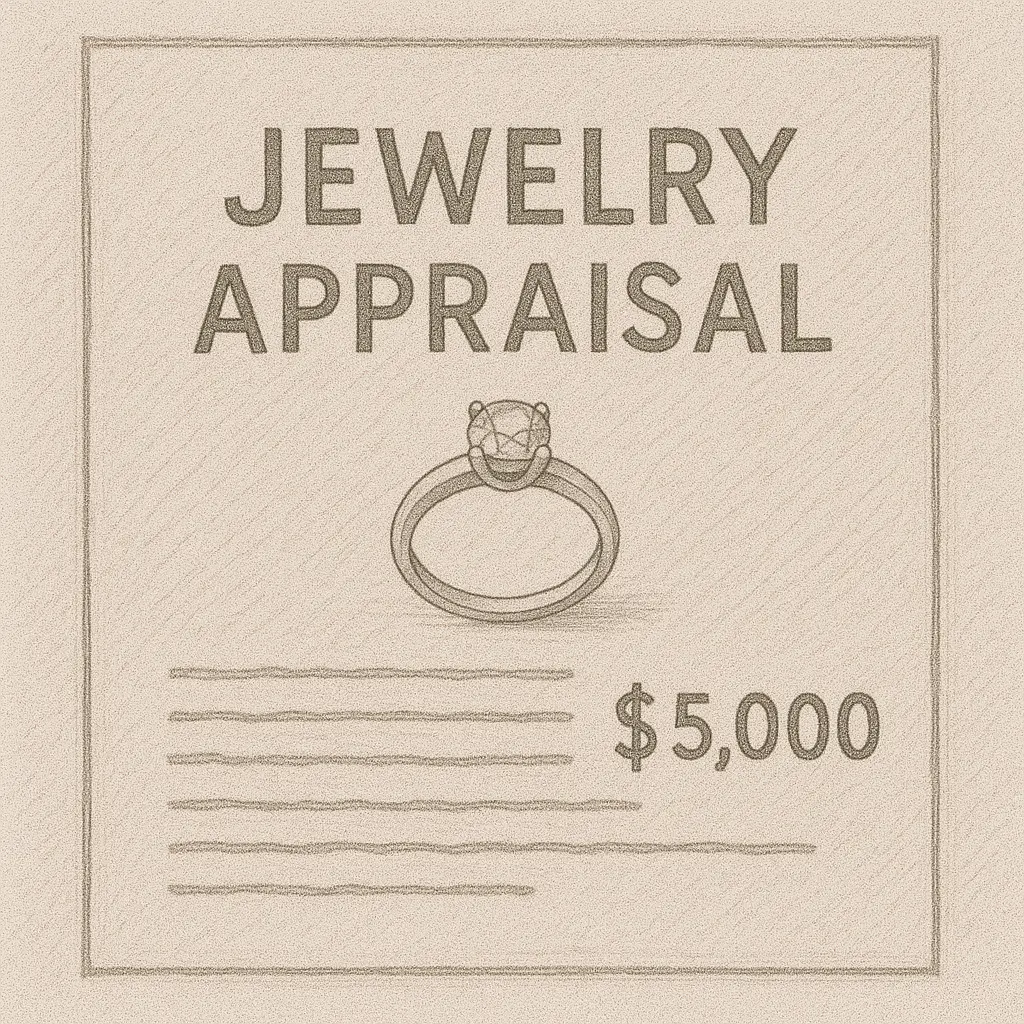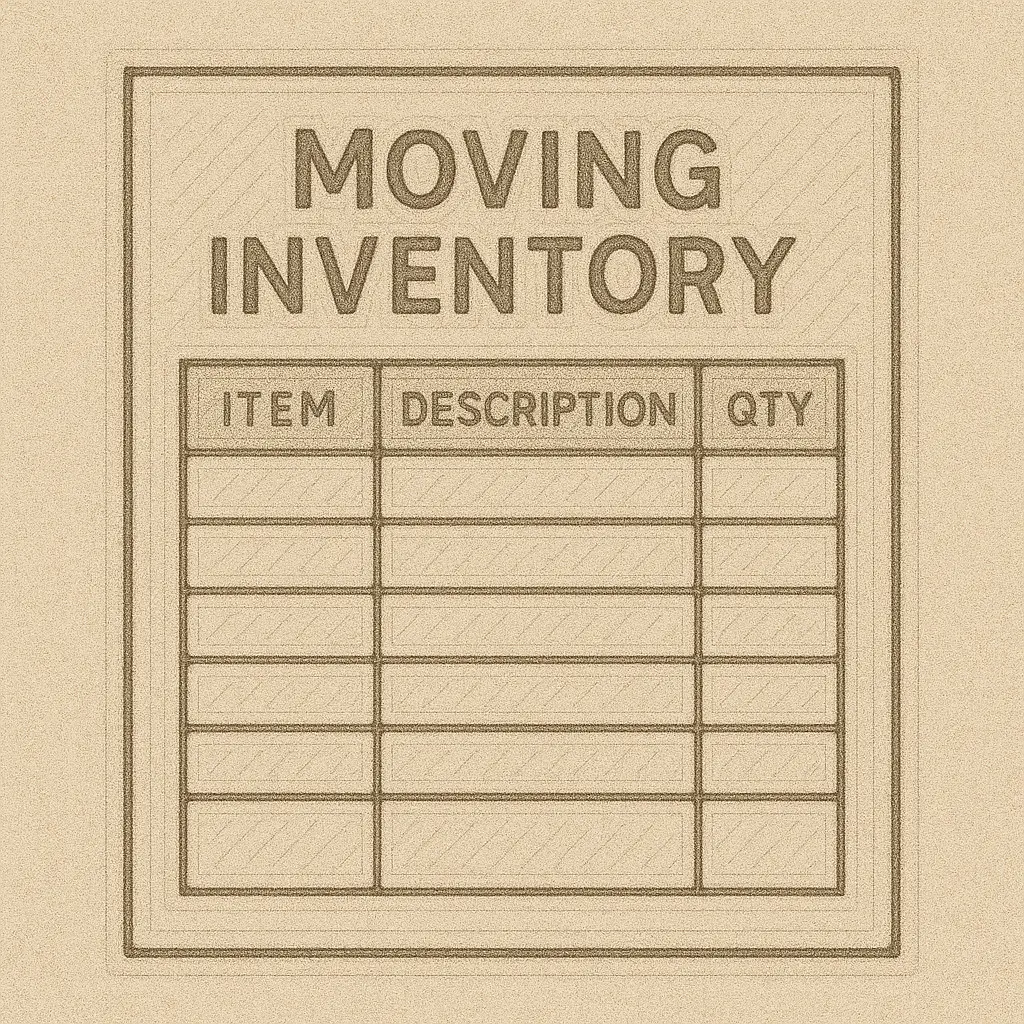How to Gather Documentation for Your Most Valuable Personal Property

After a loss—whether from fire, flood, theft, or another disaster—your personal property Claim can quickly become one of the most complex parts of the insurance process. Unlike structural elements of the home, your belongings are often harder to account for, especially when it comes to your most expensive or cherished items.
Whether it’s electronics, designer clothing, fine jewelry, sporting equipment, or antiques, insurers will ask for proof that these items existed, what they were worth, and when they were acquired. Even if you didn’t prepare a formal inventory in advance, there are still many ways to reconstruct the evidence.
This article walks you through how to gather the most useful documentation to support the high-value portions of your personal property claim.
Step 1: Focus on High-Value Categories
Start by identifying the items that would be most expensive to replace or hardest to prove without documentation. Common categories include:
Electronics (TVs, computers, cameras, audio systems)
Appliances (refrigerators, washers/dryers, espresso machines)
Jewelry and watches
Designer clothing, handbags, and shoes
Antiques, collectibles, and fine art
Sports equipment (bikes, skis, surfboards, golf clubs)
Musical instruments or hobby tools
Luggage, travel gear, and accessories
These are often the items that insurers scrutinize most closely—and where thorough documentation can make a major difference.
Step 2: Search for Receipts, Warranties, and Serial Numbers
Even if your home was severely damaged, you may have emailed receipts, digital invoices, or product registrations stored in your inbox or online accounts.
Look for:
Purchase receipts from retailers or service providers
Product registration emails or warranty documentation
Photos or scans of receipts or price tags
Serial numbers or model numbers (often photographed during setup or visible in older pictures)
User manuals that list product specs and model identifiers
If you still have access to any damaged electronics or appliances, take close-up photos of remaining serial numbers—even partial or heat-damaged plates can be helpful.

Step 3: Gather Appraisals and Valuation Documents
For antiques, fine jewelry, rare collectibles, and art, professional appraisals or valuations are key to proving worth.
Sources to Check:
Appraisal reports or certificates from past evaluations
Sales receipts or consignment invoices
Catalogs or listing sheets from galleries, auction houses, or antique stores
Insurance riders or endorsements that listed specific items
If you no longer have documentation, visit a local collector shop, antique dealer, or jeweler and ask for a written evaluation or price range based on any photos or descriptions you can provide.
Step 4: Use Personal Photos to Prove Ownership
You don’t need to have a photo of every item on its own—just showing it in context can help prove it existed.
Examples of Where to Look:
Family photos taken in front of your TV, entertainment center, or bookshelves
Wedding or party photos that show you wearing expensive jewelry, shoes, or handbags
Vacation pictures that show specialized clothing or sporting equipment (e.g., skiing, surfing, hiking)
Photos from packing, moving, or delivery day that show high-end furniture or appliances being installed
Social media posts (yours or relatives’) where you appear wearing or using valuable items
Zoom in on backgrounds, reflections, or cropped images—anything that helps confirm presence and ownership.

Step 5: Ask for Delivery, Installation, or Moving Records
Many high-end items—such as appliances, designer furniture, or fine art—are professionally delivered, installed, or transported. These records can prove both ownership and value.
Sources to Check:
Moving companies (itemized inventory sheets)
Delivery services (white glove, freight carriers)
Installation service invoices (electronics, Plumbing fixtures, built-ins)
Retailers that offer in-home setup (Peloton, Apple, Crate & Barrel, etc.)
Call or email the provider and request a reprint or Invoice if you no longer have the original.
Step 6: Upload and Organize in Loti
Once you’ve gathered your photos, receipts, appraisals, and other proof, upload them to your Evidence tab in Loti. You can organize documentation by item type (e.g., “Electronics,” “Jewelry,” “Clothing”) or by room.
Link each item to your inventory and label it clearly—this will strengthen your claim and simplify submission to the insurance carrier.
Step 7: Supplement Gaps with Expert Opinions or Market Research
If you can’t find receipts or photos, don’t panic. You can still support your claim using third-party estimates.
Take photos of similar items in stores or catalogs
Use manufacturer websites to locate product specs or replacement costs
Ask experts (dealers, collectors, jewelers, or repair technicians) to write statements estimating value
Keep records of email exchanges or store visits
The goal is to present a credible and well-supported Estimate of what you owned—even if perfect documentation doesn’t exist.
Wrap-Up
Recovering the full value of your personal property requires time, patience, and strategy—but even without a perfect inventory, you can assemble the evidence you need. Start with receipts, photos, and serial numbers. Look through wedding photos, family trips, and social media for background images. Reach out to stores or experts if you need appraisals or replacement pricing.
At Loti, we make it easy to organize and store everything securely in one place, and help you turn that documentation into a clear, professional claim package. The more you can show, the more you can recover—and we’re here to help every step of the way.